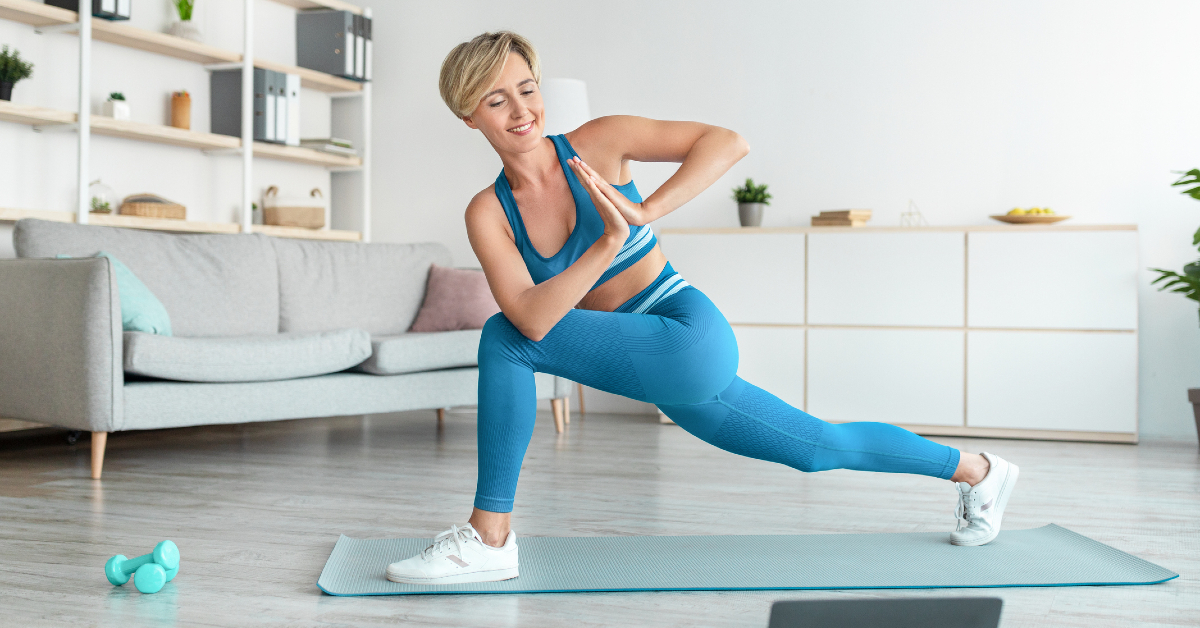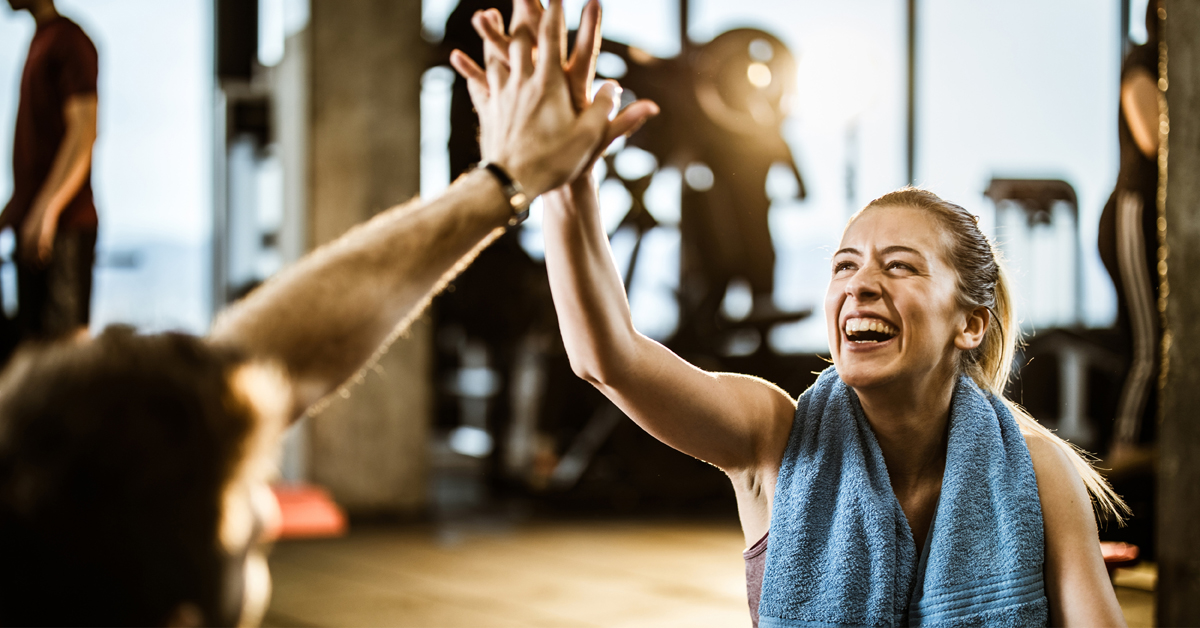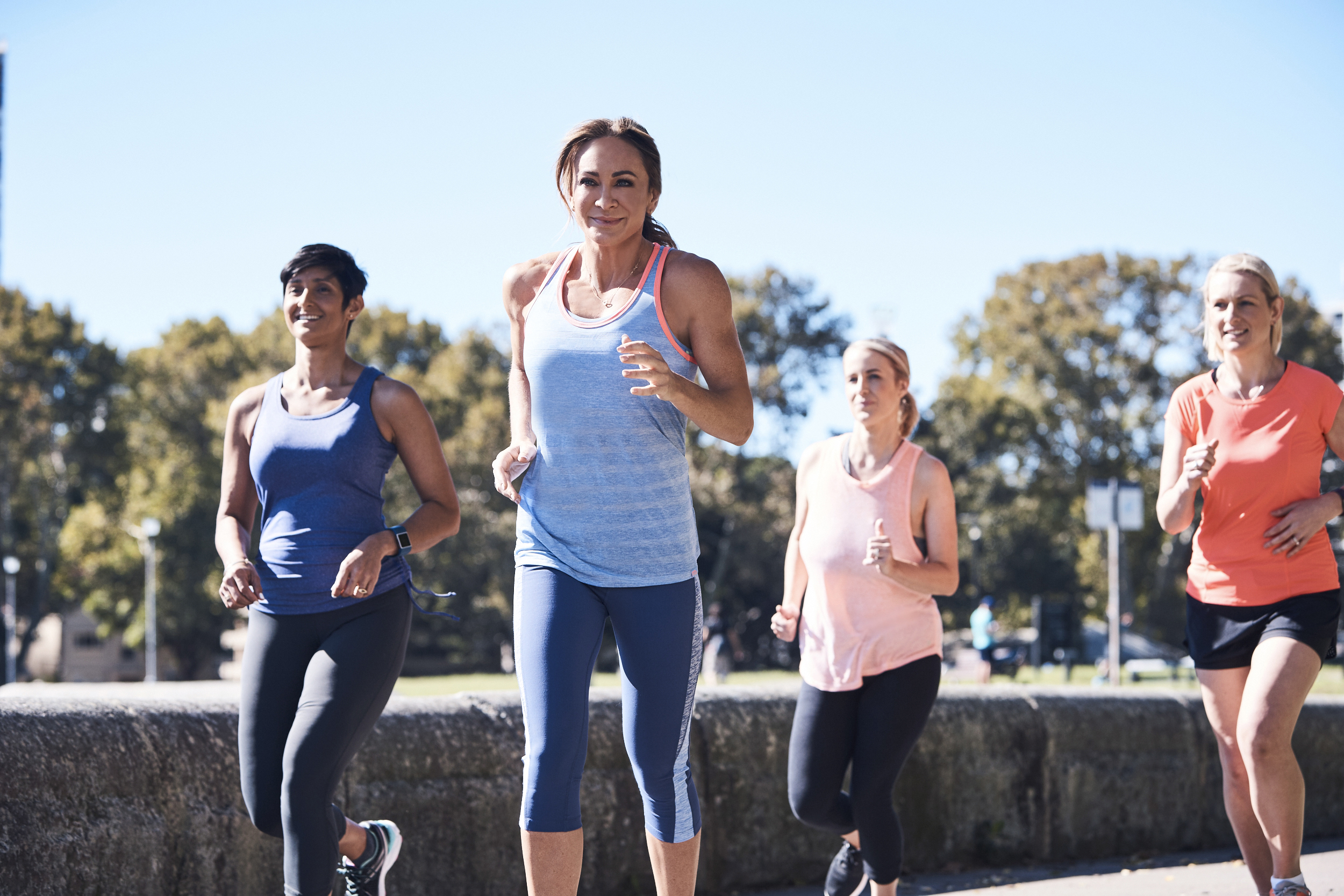Not sweating during a workout?
If you notice that you are not sweating during your workouts, despite working really hard, there could be a reason – and it’s time to assess what is happening.
Sweating is our body’s way of cooling itself down, and is vital for preventing many conditions that can occur when there’s a lack of it.
Some causes could be:
Dehydration:
As you sweat, the water evaporates from your skin and this cools you down.
Since sweat is made up of mostly water, your sweating will reduce/stop when you get very dehydrated. When this occurs you will begin to overheat and this can lead to more serious symptoms and conditions.
Dehydration is a more common reason for the lack of perspiration and is reasonably easy to remedy. Pay attention to sufficient hydration levels and remember that this is important for many reasons.
No intensity:
Are you really working out or simply going through the motions?
When our bodies adapt to exercise and its intensity, the challenge for the same workout may not be there.
Aim to raise the bar with your sessions as you progress through your training and keep things tough.
Anhidrosis/Hypohidrosis:
Anhidrosis or hypohidrosis is a dysfunction that impairs a person’s ability to sweat when they are hot.
Anhidrosis refers to the complete absence of sweating, while hypohidrosis is when a person sweats less than normal.
This is a condition that needs proper medical attention to assess and treat. It can affect your entire body, a single area, or scattered areas.
If the condition affects a small area of the body, it is not usually dangerous, but anhidrosis or hypohidrosis of the entire body can result in overheating and eventually heatstroke, a potentially life-threatening condition. A person may not realise they have this condition until it’s serious.
Blocked glands:
Sweating is the body’s cooling system and we have over 2 million sweat glands. Blocked sweat glands can be responsible for the lack of sweating and though not a serious ailment, blogged sweat glands can result into prickly heat rash or pimples, which is super-uncomfortable and can be very itchy.
Reduce the risk of blocked glands with a good personal hygiene routine, wearing sensible clothing to allow for sweat to be absorbed, and maintaining a healthy weight.
Medication:
Taking certain medications can directly affect the body’s ability to produce sweat in the regular fashion. Talk to your doctor if you notice reduced sweating or the absence of this to assess your individual situation.
Nerve damage:
The nervous system is involved in everything your body does, from regulating your breathing to controlling your muscles and sensing heat and cold.
Autonomic nerves are responsible for our body’s response to temperature, and these nerves control the regulation of this in all climates.
Any condition that causes nerve damage can disrupt the functioning of your sweat glands, and this results in the reduced ability to sweat properly.
Heatstroke:
This is s severe heat-induced illness that requires rapid physical cooling of the body.
This condition must be treated immediately by a medical professional and needs to be addressed as an emergency.
Benefits of sweating:
- Sweating can help to fight skin infections and prevent kidney stones
- Helps to detoxify body
- Can help to heal wounds
- Increased sweat glands with regular exercise
- Boosts endorphins/promotes relaxation
- Aids prevention of colds
- Kills viruses and bacteria
- Improves blood circulation
- Cleanses the pores
Ways to increase sweat gland function:
- Drink more fluid
- Increase exercise intensity
- Cool showers
- Increase exercise temperature to trigger sweat glands
- Increase body core temperature
If after taking the basic steps, you still feel as if you are not sweating properly, please don’t worry and check with your medical professional.














